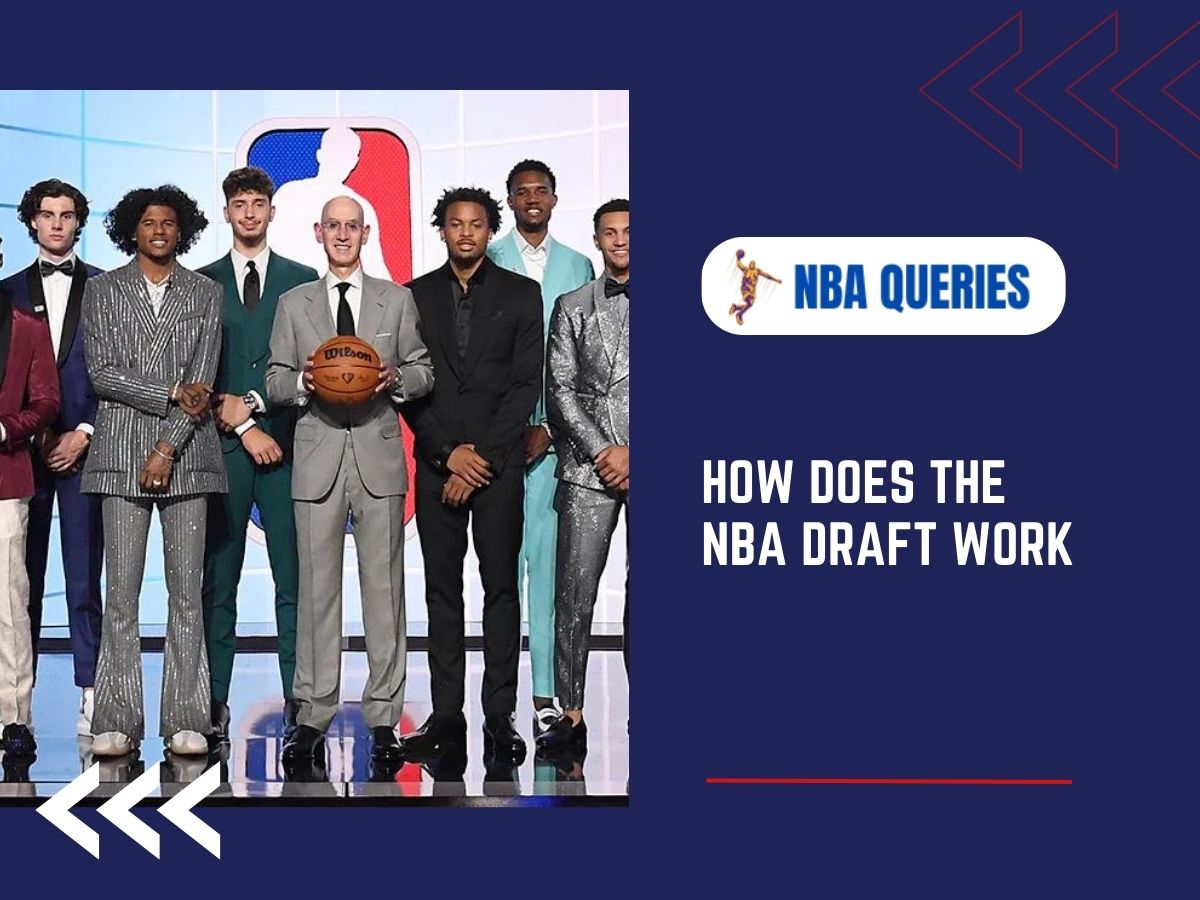The NBA Draft stands as a cornerstone event in the basketball world, marking a hopeful and transformative period for teams across the league. This guide aims to shed light on all facets of the NBA Draft process, from the intricacies of the Draft Lottery to the selection of future stars from across the globe.
Understanding the NBA Draft Lottery
At the heart of the NBA Draft is the Draft Lottery, a system designed to determine the order in which teams select new talent. This process is particularly crucial for the 14 teams that do not make the playoffs, offering a beacon of hope for franchises looking to rebuild or strengthen their rosters.
The Lottery Mechanism
The NBA Draft Lottery employs a lottery machine and certified ping pong balls to decide the top four picks. A total of 14 balls, numbered 1 to 14, are used to create 1,001 possible four-number combinations. These combinations are then assigned to the lottery teams, with a specific drawing process determining the first four selections. The odds are strategically designed to discourage teams from “tanking,” ensuring a fair and competitive balance within the league.
Recent Reforms and Impact
Significant reforms introduced in 2019 aimed to flatten the odds, making the lottery process more exciting and equitable. For example, the worst three teams now have an equal chance (14%) of securing the number one pick, a stark contrast to the previous system where the team with the worst record had a 25% chance. This change has effectively reduced the incentive for teams to lose games intentionally, fostering a more competitive environment across the league.
Draft Eligibility and Global Influence
The eligibility rules for the NBA Draft have evolved over the years, with a notable change in 2005 introducing an age requirement. This shift meant that high school seniors were no longer directly eligible for the draft, aiming to encourage players to gain more experience before entering the league. However, postgraduates and international players who meet age and experience criteria remain eligible, highlighting the NBA’s global reach.
The globalization of the draft has been profound, with players from around the world making significant impacts on the league. Early drafts rarely featured international players, but the landscape has shifted dramatically, with foreign athletes now regularly featured among the top picks. This international influx has not only diversified the talent pool but has also expanded the NBA’s global appeal.
Draft Process and Selection
The actual draft event is a spectacle, with teams selecting players over two rounds. Each of the 30 NBA teams hopes to bolster their lineup by drafting the most promising talent available, from collegiate standouts to international stars. The process is highly strategic, with teams weighing various factors such as immediate needs, potential for growth, and overall fit within their existing roster.
Draft Strategy: Beyond the First Pick
While securing a top pick in the NBA Draft is often seen as a golden ticket, savvy teams understand that strategy extends far beyond the first selection. Teams meticulously evaluate talent, considering not just skill and potential but also how a player fits into their system and culture. This evaluation process involves extensive scouting, interviews, and analytics to gauge a player’s future impact.
The Value of Second-Round Picks
Second-round picks, often overlooked in the hype surrounding first-round prospects, hold substantial value for teams. Success stories abound of players selected in the second round who have gone on to have stellar NBA careers, demonstrating that talent and potential are not solely found at the top of the draft board. Teams with a keen eye for talent can find significant value in these later selections, leveraging them for roster depth or as assets in trades.
International Players and the Draft
The NBA’s global appeal has led to an increase in international players entering the draft. These players offer a mix of skill sets, influenced by diverse playing styles from leagues around the world. The success of international players in the NBA has encouraged teams to invest more resources into global scouting, looking for the next big star beyond American borders.
Case Studies: Draft Success Stories
Examining successful draft strategies reveals a common theme: the best franchises excel at identifying talent that fits their organizational philosophy. Whether it’s finding a diamond in the rough in the second round or making a bold trade to move up in the draft order, these teams demonstrate foresight, patience, and a deep understanding of player development.
The Draft’s Impact on Team Building
The NBA Draft is a critical tool for team building, offering a path for teams to infuse young talent into their rosters. It’s a balancing act between selecting the best player available and addressing team needs. The draft also provides an opportunity for teams to acquire assets, whether through the selection of players or trading picks for established talent or future assets.
The Role of Analytics
Analytics has become an integral part of the drafting process, with teams using advanced metrics to evaluate prospects. This data-driven approach complements traditional scouting, providing a holistic view of a player’s potential impact. Analytics can help teams make more informed decisions, particularly when assessing players with similar skill levels.
Final Thoughts: The Draft as a Foundation for Success
The NBA Draft is more than an annual event; it’s a foundational element of team success in the league. Through careful planning, strategic decision-making, and a bit of luck, teams can transform their fortunes. The draft offers hope, potential, and the exciting prospect of discovering the next NBA superstar. As teams and fans alike look forward to draft day, the stories of hard work, determination, and dreams realized remind us why the NBA Draft remains a highlight of the basketball year.

